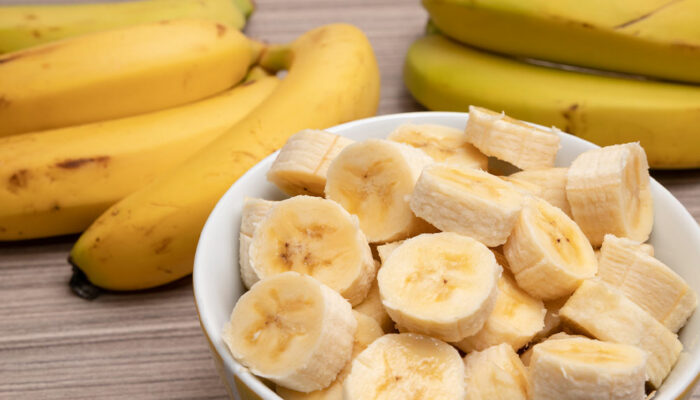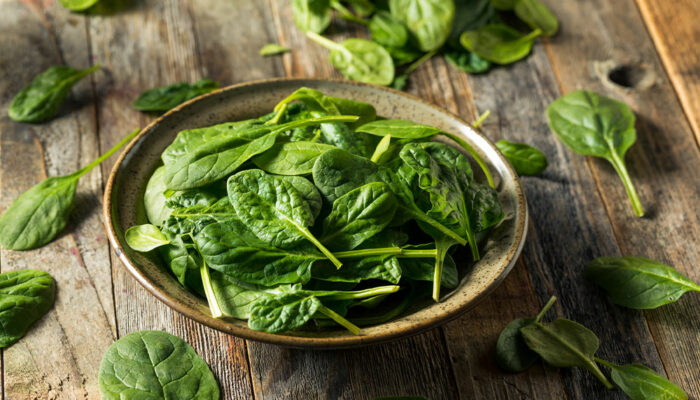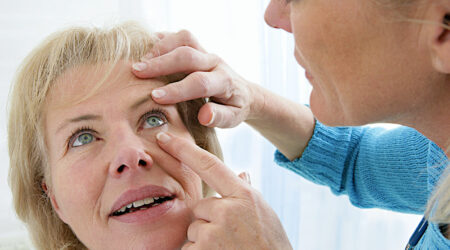
Novavax vaccine – Functions, features, and usage eligibility
As the world continues to combat the relentless COVID-19 pandemic, an array of vaccines has emerged as potent weapons against the virus. Vaccines are crucial for preventing diseases, protecting vulnerable individuals, and achieving herd immunity. Among them, the Novavax COVID-19 vaccine has garnered attention for its unique attributes. Therefore, it’s essential to be well-informed about the vaccine. Here are some key aspects of the Novavax vaccine, including how it works, its characteristics, possible side effects, and eligibility.
Novavax’s study of the COVID-19 vaccine for children
In the global campaign against the COVID-19 pandemic, there has been a significant emphasis on expanding vaccination efforts to encompass a wider age range. After receiving emergency use authorization in the country for adults, Novavax recognized the importance of extending this protection to younger individuals. Vaccinating adolescents not only bolsters their individual immunity but also plays a vital role in reducing overall virus transmission and protecting vulnerable communities. In response to this demand, Novavax, a prominent player in vaccine research and development, expanded its COVID-19 vaccine study to include children between the ages of 12 and 17. Its recent testing and data collection are attuned with the established regulatory directives and guidelines provided by agencies like the Food and Drug Administration (FDA) and the European Medicines Agency (EMA).
Is Novavax vaccine suitable for children aged 12 to 17?
The simple answer is yes. The recent 2022 FDA authorization underscores the vaccine’s suitability for adolescents and young adults. The studies and research by Novavax ensured comprehensive protection against the virus across all age groups.
How does Novavax vaccine work?
Here is a step-by-step process of how the Novavax vaccine works to protect oneself against COVID-19 virus:
- Protein production
Novavax’s vaccine does not contain the live virus that causes COVID-19. Instead, it contains a lab-made piece of the spike protein found on the virus’s surface.









